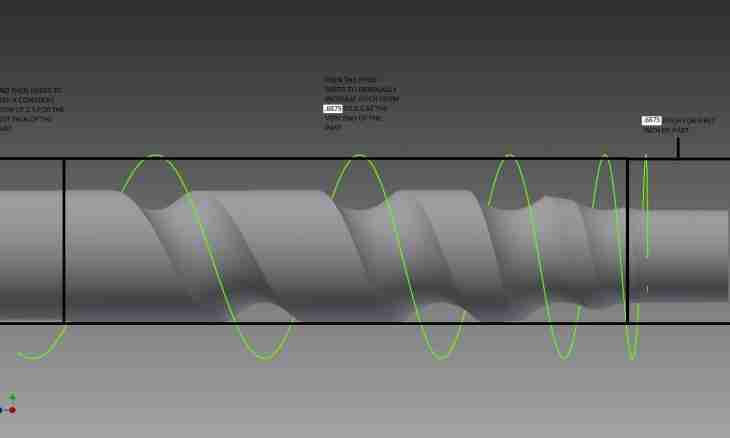In solutions of electrolytes of reaction occur between ions therefore they are called ionic reactions, or reactions of ionic exchange. They are described by the ionic equations. Connections which are almost insoluble low-dissociated or flying, write in a molecular form. If in interaction of solutions of electrolytes it is not formed any of the specified types of connection, it means that reactions practically do not proceed.
Instruction
1. Review an example of formation of almost insoluble connection.Na2SO4 + BaCl2 = BaSO4 + 2NaClIli option in an ionic look: 2Na + + SO42-+Ba2 ++ 2Cl-= BaSO4 + 2Na + + 2Cl-
2. Pay attention that only ions of barium and sulfate ions reacted, the condition of other ions did not change therefore this equation can be written down in a short form: Ba2 + + SO42-= BaSO4
3. At the solution of the ionic equations, it is necessary to follow the following rules: - identical ions are excluded from both of its parts; - it is necessary to remember that the sum of electric charges in the left member of equation has to be equal to the sum of electric charges in the right member of equation.
4. Examples: To write the ionic equations of reactions of interaction between water solutions of the following substances: a) HCl and NaOH; b) AgNO3 and NaCl; c) K2CO3 and H2SO4; d) CH3COOH and NaOH.Reshenie. Write down the equations of interaction of the specified substances in a molecular look: a) HCl + NaOH = NaCl + N2Ob) AgNO3 + NaCl = AgCl + NaNO3v) K2CO3 + H2SO4 = K2SO4 + CO2 + N2Og) CH3COOH + NaOH = CH3COONa + H2O
5. Note that interaction of these substances is possible because linking of ions with education results from either weak electrolytes (H2O), or almost insoluble substance (AgCl), or gas (CO2).
6. In case of option of) reaction goes towards bigger binding of ions, that is, formation of water though there are two weak electrolytes (acetic acid and water). But it occurs as water – weaker electrolyte.
7. Having excluded identical ions from the left and right parts of equality (in case of option a) there are ions of sodium and chlorine, in a case b) – ions of sodium and nitrate ions, in a case c) – ions of potassium and sulfate ions), d) – sodium ions, receive the solution of these ionic equations: a) H + + OH-= N2Ob) Ag + + Cl-= AgClv) CO32-+ 2H+ = CO2 + N2Og) CH3COOH + OH-= CH3COO-+ H2O

